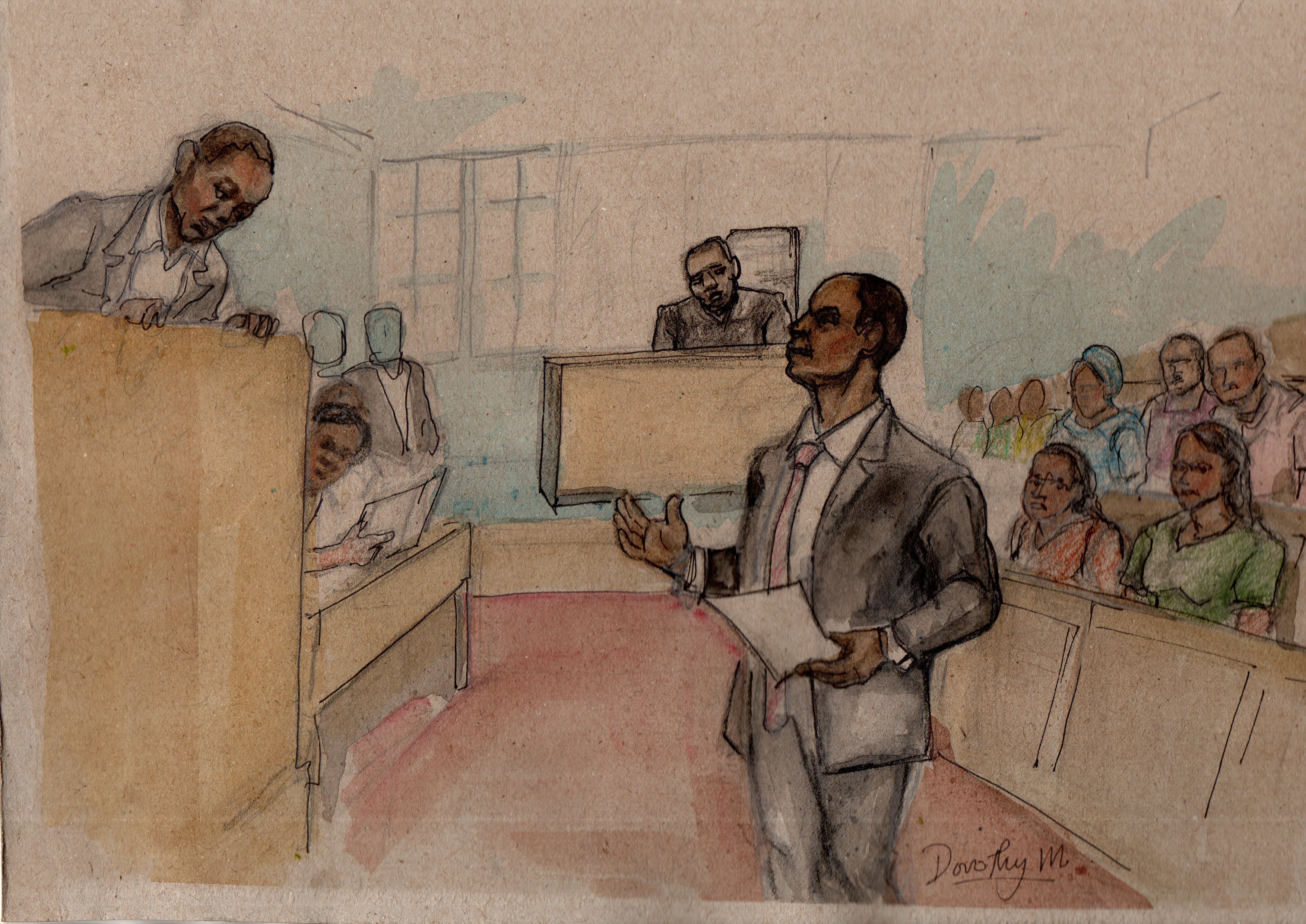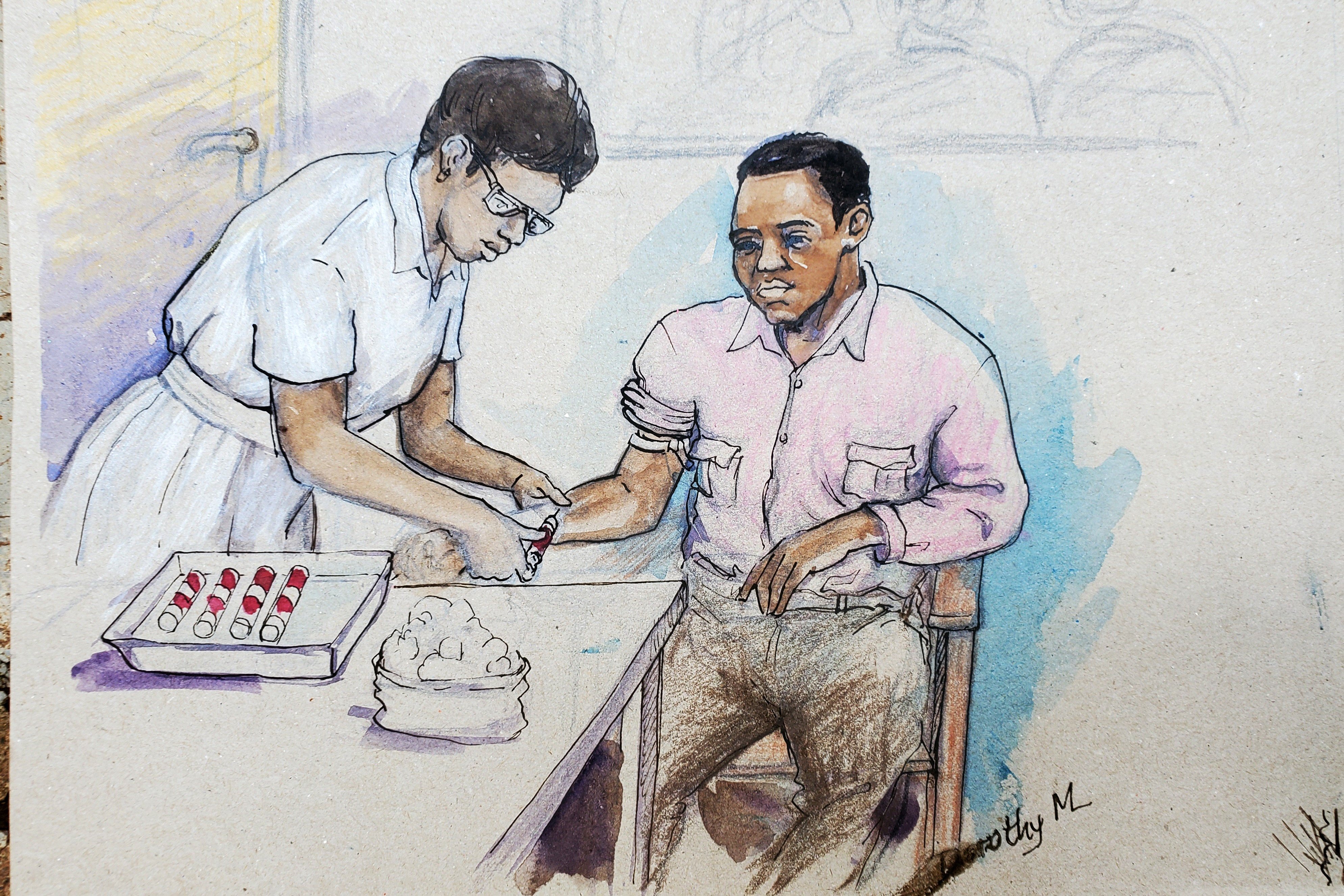Prime
A review of a contentious postmortem examination

What you need to know:
- There were clear contradictions in the postmortem examination of the pastor as documented in the postmortem report. According to the clinical history, it was stated that the pastor was found unresponsive and unconscious on her bed, implying she was probably alive at that time.
On the morning of September 10, 2017, a 37 year founder and leader of a very popular Christian Ministry was found unresponsive on her matrimonial bed. She was married to a 45 year old retired military officer and was the mother of five children.
Genesis
Shortly after the pastor was discovered unconscious she was taken to hospital but confirmed dead 30 minutes later after a rigorous effort to resuscitate her failed. A postmortem examination was carried out on the body of the pastor by a pathologist who concluded that the injuries found in the neck of the pastor were indicative of manual strangulation.
The pathologist classified the death as a homicide and listed the mechanisms of death as obstructions of the airway, arteries and veins, heart failure in remotely stimulated cardiac dysfunction and brain concussion.
Husband convicted for murder
On March 22, 2018 the husband of the pastor, a retired military officer, was convicted of the murder of his wife and handed a life sentence. The husband of the deceased, however, contested the postmortem report and appealed against the conviction and the sentence.
A lawyer acting for and on behalf of the husband of the pastor wrote to two specialist forensic pathologists to review the contested postmortem report and give their professional opinions.
Postmortem examination
The first forensic pathologist was of the opinion that this particular postmortem examination should have been carried out by a pathologist with additional training in forensic pathology.
Training in forensic pathology equips a doctor with specialised knowledge and skills in investigations of deaths from unnatural causes. It has been observed, world over, that doctors with no training in forensic pathology sometimes offer poor and misleading opinions in respect of deaths of interest in the courts of law. The forensic pathologist mentioned instances of glaring errors in some postmortem examinations performed, not by forensic pathologists that have occasioned gross miscarriages of justice.
Contradictions
There were clear contradictions in the postmortem examination of the pastor as documented in the postmortem report. According to the clinical history, it was stated that the pastor was found unresponsive and unconscious on her bed, implying she was probably alive at that time.
This apparently contradicts the cause of death of manual strangulation as stated in the postmortem report; it is expected that someone strangulated would be found dead.
The time of death was stated as 8:00 am apparently the time the discovered unresponsive in her bed. There is a history of resuscitation in the hospital where the deceased was taken.
The practice is that a person is declared dead on arrival at a hospital, if indeed the person is dead, and hospitals do not resuscitate dead people, even if relatives of the deceased so insist as reported in this case.
In the postmortem report it was also mentioned that there was a plaster on the left elbow, which was thought to be the site of an intravenous devise inserted into a blood vessel for the purpose of infusing drugs or fluids that are used when resuscitating a patient.
This finding was yet further evidence that the deceased was alive when she reached the hospital. The forensic pathologist was of the opinion that the doctor who carried out the postmortem examination should have dissected that area to find out if there was accumulation of blood in that area.
This would have further established the state of the patient when she arrived at the hospital.
Doctor’s report
The doctor who carried out the postmortem examination stated that there were contusions in the anterior chest muscles that were attributed to the resuscitation.
Contusions can only occur in the living. This was the clearest and unequivocal evidence that the pastor was alive when she was brought to hospital.
In the postmortem report the deceased was noted to have a cotton dress that was intact and not torn. She also had long intact finger nails and was estimated to weigh up to 80 kilogrammes.
It was therefore apparent that there were no defense injuries on the deceased which is inconsistent with strangulation unless she was stupefied by the use of drugs or alcohol.
The postmortem report did not mention features of cyanosis on the body. Cyanosis is the bluish discolouration of the nails, lips and tongue which are features of inadequate oxygenation and would have been expected in the body of somebody who was reported to have died of airway obstruction.
There was no mention of features of congestion such as hemorrhages in the eyelids as is common in manual strangulation.
The pathologist reported that the deceased had two fractures of the skull with swelling of the scalp. A vital finding to demonstrate that these were caused by blunt force trauma would have been the associated finding of a hematoma.
This was not reported and recorded. In addition it was reported that the brain had features of raised intracranial pressure. To the forensic specialist these features were inconsistent with the conclusions drawn. At best these features were non-specific.
In the postmortem report, the neck of the deceased was described as floppy although the examining doctor stated that the body had developed rigor mortis. The body could not have stiffened and the neck floppy.
The postmortem report also mentioned injuries in the chest and neck. To the forensic pathologist that these injuries were the result of manipulations during resuscitation in the hospital could not be ruled out.
The injuries were reported to be on one side of the neck which is unusual in manual strangulation.
Furthermore, manual strangulation is often associated with fractures of the hyoid bone and thyroid cartilage in the neck. The status of these was not mentioned in the report.




